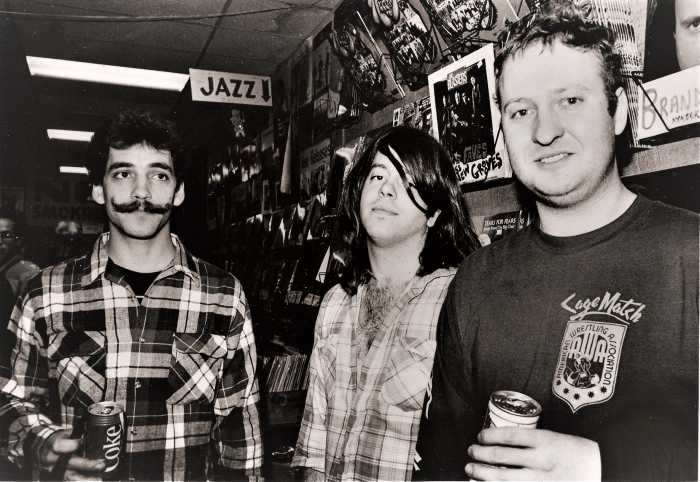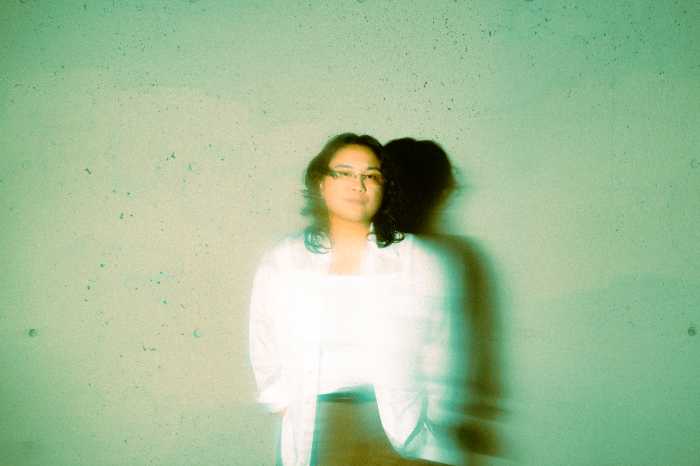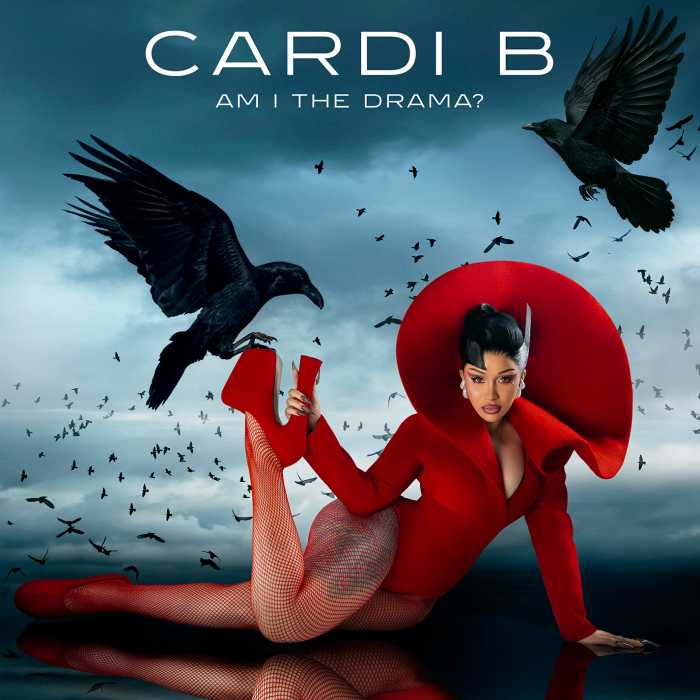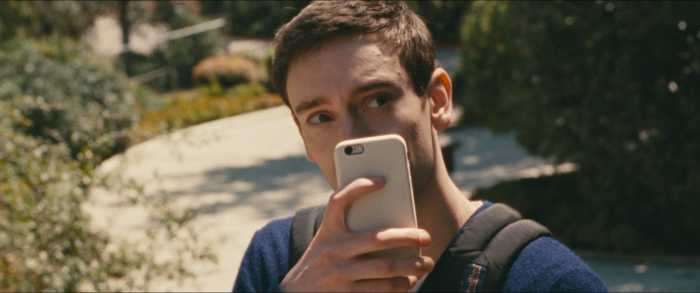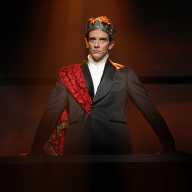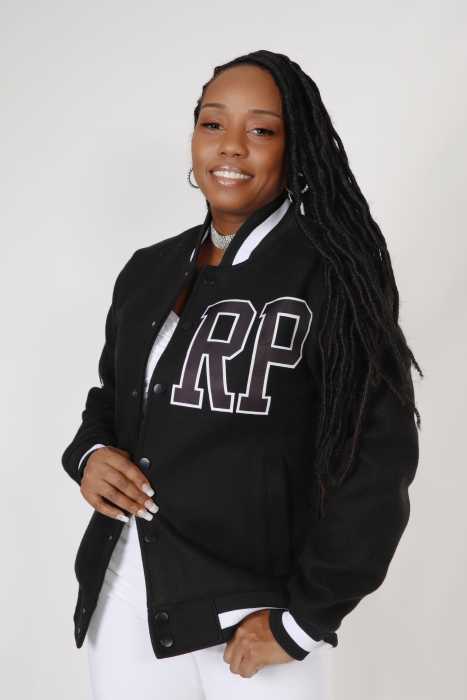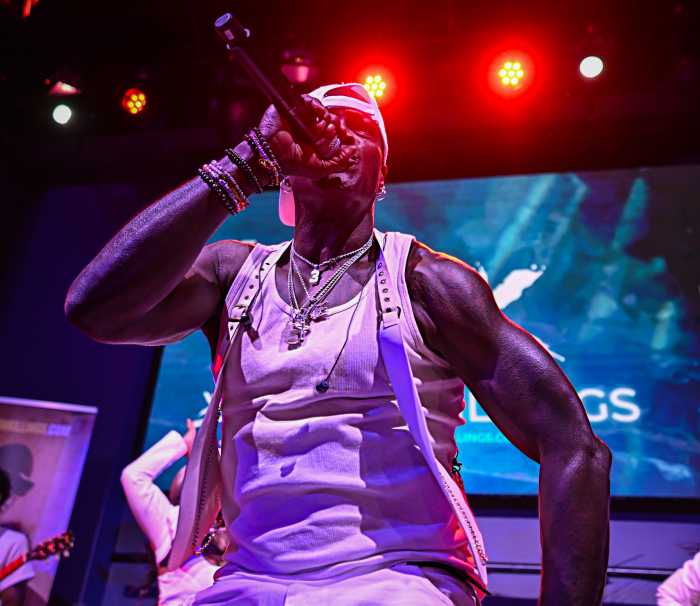BY LORI ORTIZ | You may know the charismatic Isaac Mizrahi, but you may not know his sexy storytelling voice. He read “Peter & The Wolf” to a crowd of mesmerized children and adults at the Guggenheim's Peter B. Lewis Theater on December 17. Audience members were privy to an intimate encounter with the world-famous, out gay clothing designer.
At the start of his half-hour performance he donned a Kelly Christy stingy brim fedora with custom wolf ears of felt and ostrich feathers. He wore it while narrating the well-known story, Sergei Prokofiev's original 1936 libretto. His reading followed in a tradition of celebrity “Peter” narrators like Boris Karloff, Elaine Stritch, and David Bowie.
“Peter & The Wolf” holiday cheer, a very merry Works & Process.
The Julliard Ensemble, conducted by New York City Opera music director George Manahan, performed Prokofiev's mellifluous music, in which an instrument or a group of instruments and a musical theme personify each character.
Peter (strings) defies his grandfather (bassoon) and goes into the forest where he sees a wolf (piano, woodwinds, and brass). A bird (flute) and duck (oboe) play and argue. “What kind of bird are you if you can't fly?” “What kind of duck are you if you can't swim?” But Peter angers the wolf, teasing him with the bird and then catches him with a lasso. “But look what brave fellows we are, Peter and I, look what we've caught.”
There's a procession during which the duck quacks inside the wolf, who had swallowed her. The rapt audience listened while Mizrahi, ambassador of style, read, “In haste, he had swallowed her up alive.” “Aliiive?” piped an entranced girl in the audience, as if she were sitting on Mizrahi's lap.
Young artist Andrew Scott Ross' work, seen at the Cue Foundation in September, was hurriedly commissioned for the production. With crumpled dark gray card stock he created facsimile rocky outcroppings, silhouetted figures, and tiny intricate pines. Lassoes and outlines of animals were cut out of a single wire-thin paper strip. The miniscule landscape was spread across the stage, with additional scenes set on pedestals in the audience. Colored lights effected the passage of time on the stage, and a gobo projection – cutout forms of hunter, cat, and boy – emitted flashes of white light from the spinning drum, creating a moving chase scene across the ceiling. At this point in the story, an installation iterated the procession spotlighted by designer Scott Bolman.
“And now, just imagine the triumphant procession. Peter's at the head, followed by hunters, the wolf, with grandfather and the cat bringing up the rear. Well, if Peter hadn't caught the wolf, what then?”
On each seat, a pair of binoculars enabled audience members to see the toy-sized scenes, which are pretty common in galleries today, but not so useful as performance scenery. It does invoke a sense of timelessness and distance, like bird-watching from the windowsill or seeing a ballet from an upper balcony.
This “Peter” is a boy story of bravery, going for it, and suspending disbelief. That includes overcoming problems of scale in scenery.
In the spirit of holiday giving, the Works & Process event introduced children to the musical instruments and meaning in music. Tacked on to that is a taste of the visual arts. The audience was invited on stage after the performance to see the model train-sized terrain, possibly intentionally child-friendly. Essentially though, this was theater and the art of theatrical décor might be more to the point.
It would be great if a Santa had enabled the brief show to be included in museum admission, to make it a day with the Richard Prince exhibit. What then?
There are plans to repeat this delightfully queer holiday special, with different visual or performing artists' interpretations. With Mizrahi at the head, followed by Manahan, the Julliard, and a succession of young visual artists trying their hand, a tradition is born.
In the meantime, save March 3 for a Mizrahi and Mark Morris Works & Process event about their new “King Arthur” for New York City Opera.

